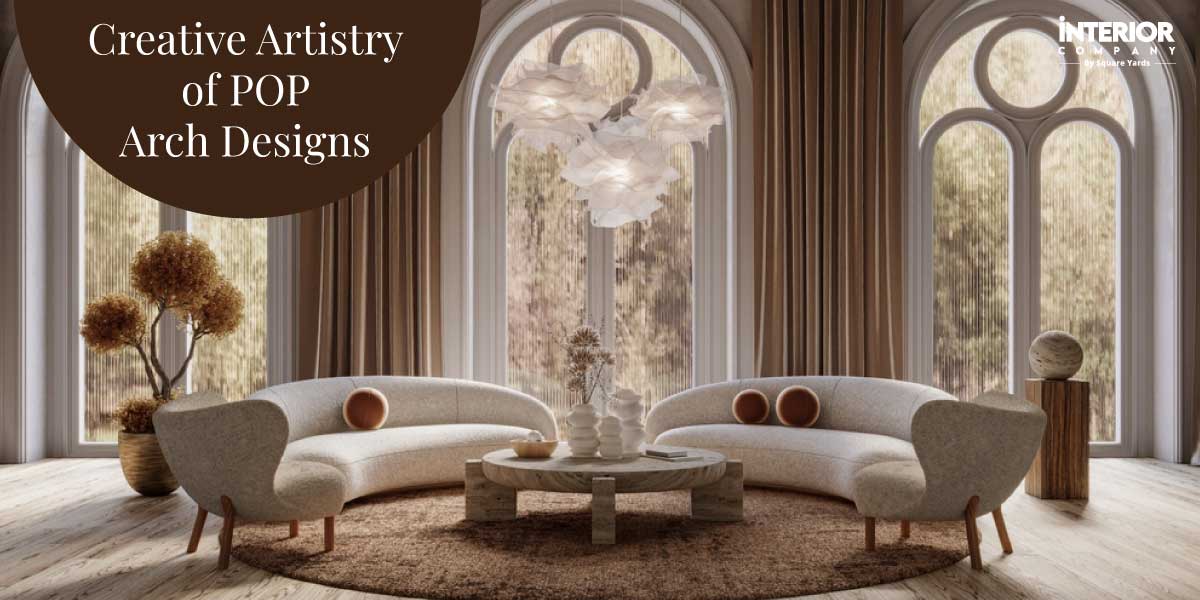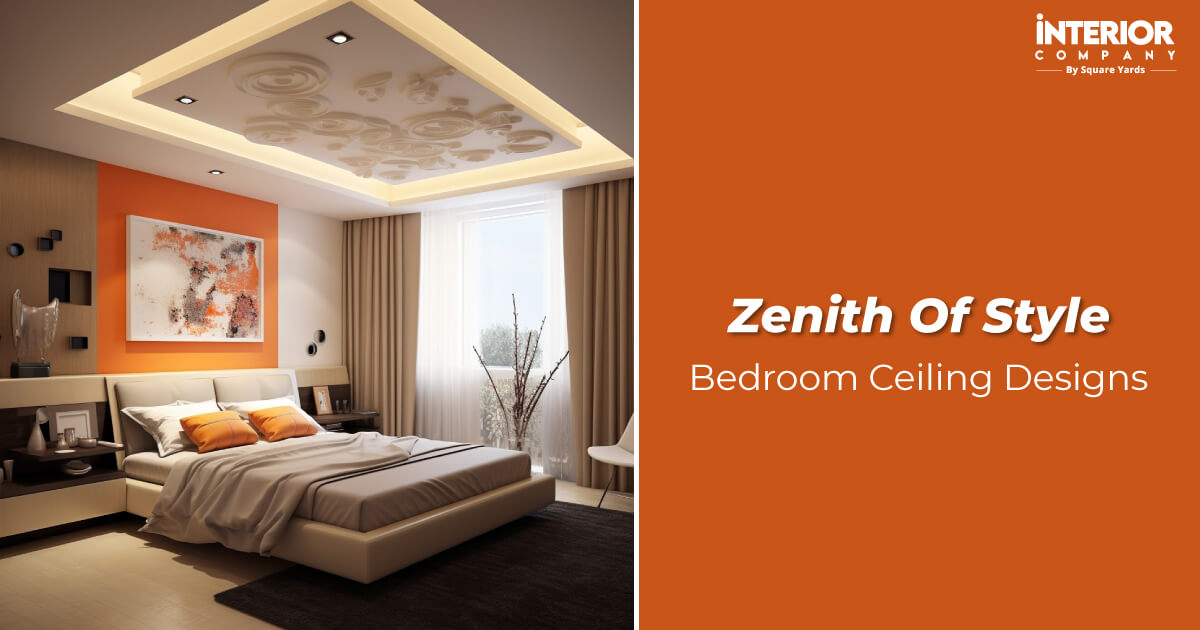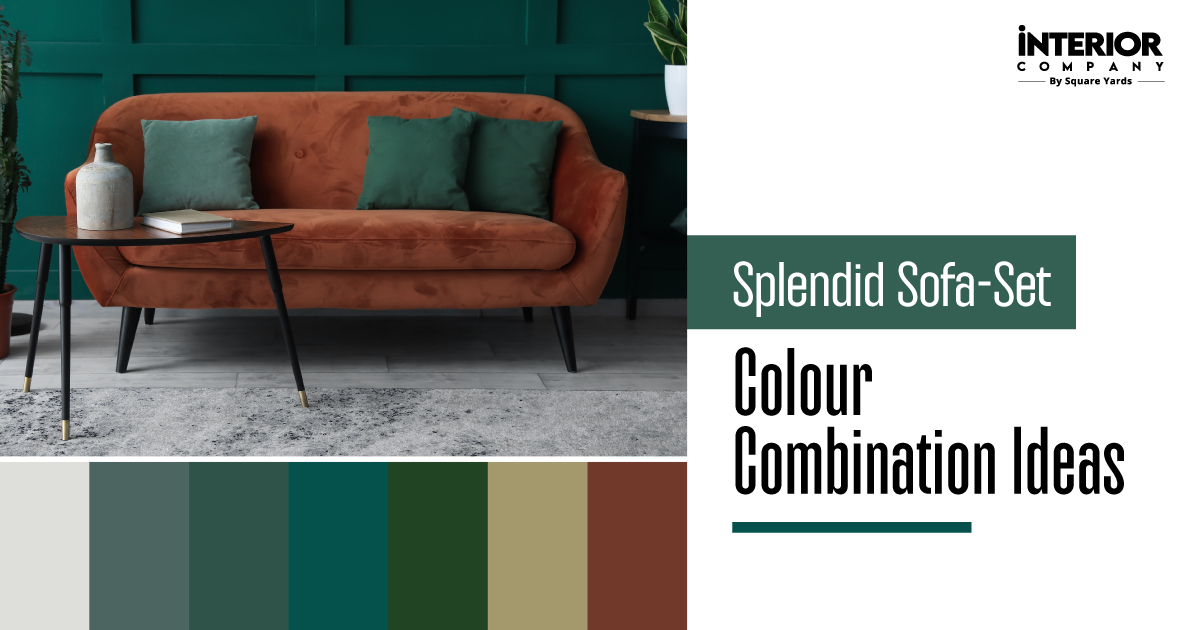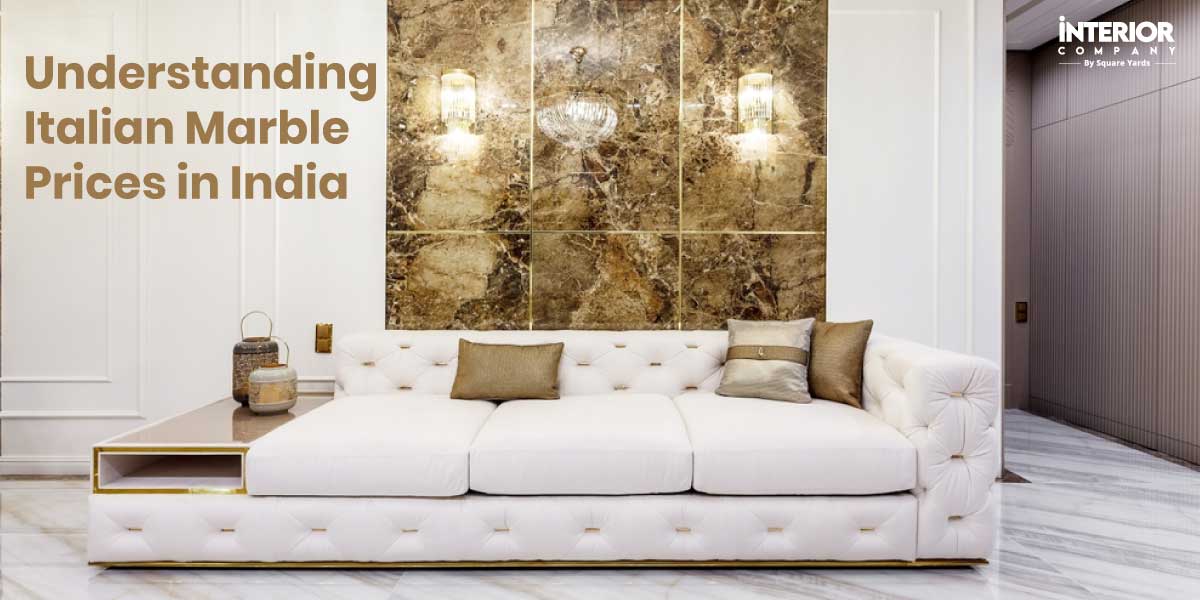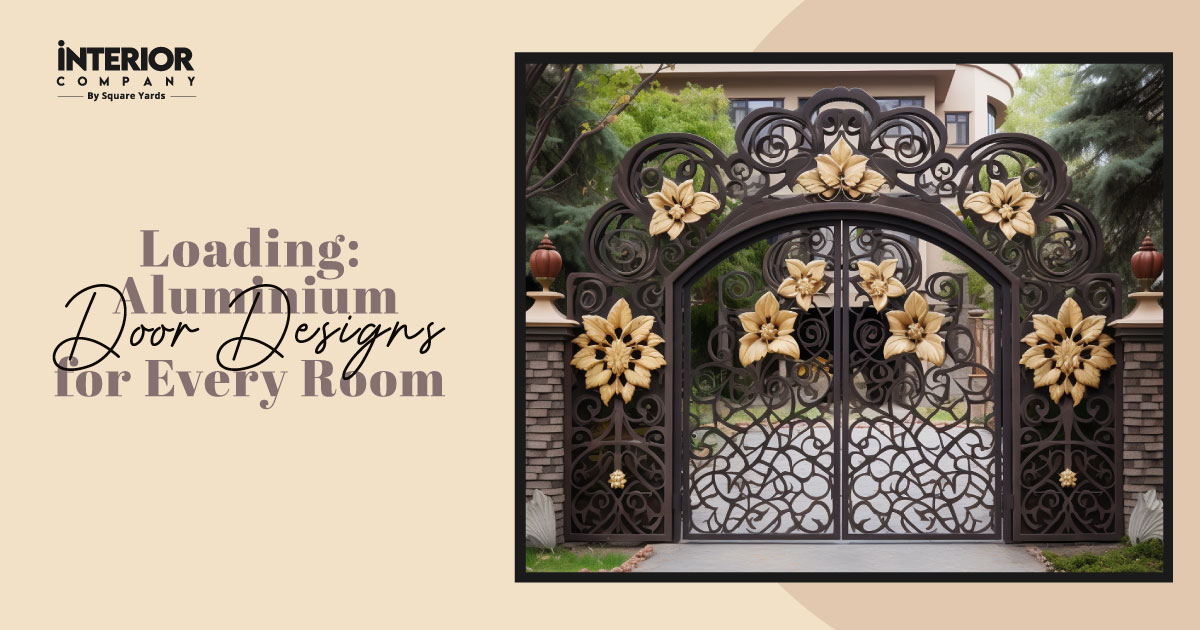- Home
- Trends
- Construction
- Materials
- Engineered Wood Vs Solid Wood
Engineered Wood vs Solid Wood: Pick the Best for Your Furniture
Woodstory- The story of a well-loved armchair that survives decades of family gatherings becomes the centrepiece of daily life. It’s a true example of craftsmanship and quality, built to last through changing trends and daily use.
Table of Content
This brings us to the core question: When it comes to choosing materials, which wood offers the same durability and charm? Let's focus on the two leading contenders in the wood market today- engineered wood and solid wood. While they might look alike at first glance, the real differences lie beneath the surface. Both bring the beauty and warmth of natural wood, but their construction and performance set them apart.
After all, in furniture, decisions aren't just about looks; they're about durability, performance, and the story your home will tell. And which one is truly built to stand the test of time? The answer might just surprise you. Want to explore what sets them apart fully? Read the guide below to learn the difference between engineered and solid wood.
What is Solid Wood?
Solid wood is lumber milled directly from trees, making it 100% natural. This material is prized for its durability, timeless appeal, and unique character. Solid wood is often regarded as the gold standard in furniture-making because it can be sanded, refinished, and repaired over time, ensuring longevity that spans generations. It is a highly versatile option, lending itself to various types of furniture, from antique choices to classic tables and modern bed frames.
There is no doubt a rising consumer demand for high-quality, eco-friendly, and long-lasting materials. As a result, the global solid wood furniture market is projected to experience significant growth between 2023 and 2030. It is expected to achieve a strong CAGR during this period, driven by a focus on sustainability and the adoption of advanced manufacturing technologies. This indicates another strong reason solid wood is going nowhere in the furniture market.
Types of Solid Wood
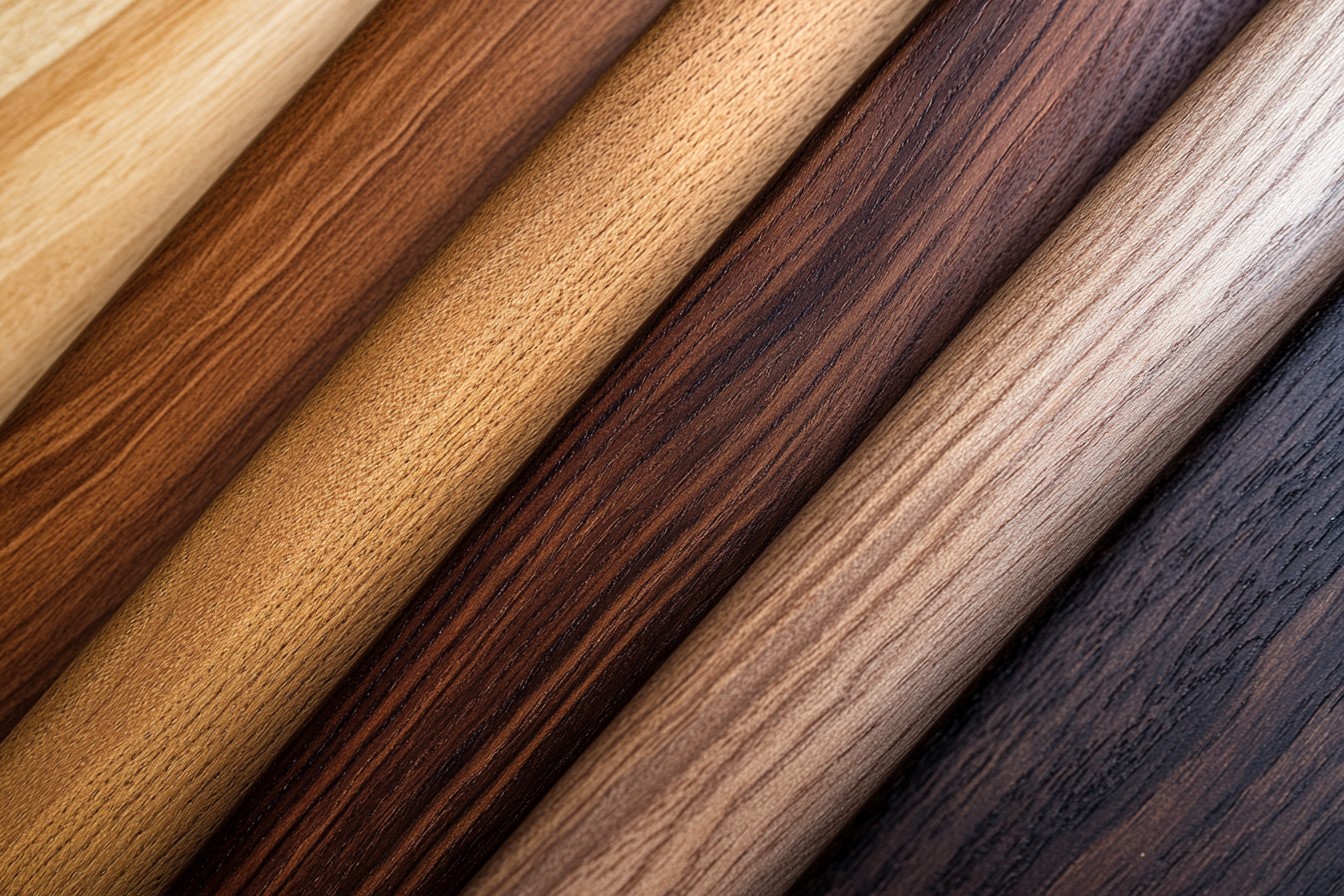
Solid wood comes in various types, each with its distinct characteristics in terms of colour, grain, strength, and usage:
- Oak: Known for its strength and resistance to wear, oak is a popular choice for high-end furniture. Its coarse grain gives it a distinct appearance, and is available in red and white varieties. Oak is often prized in traditional and modern designs for its timeless charm.
- Teak: Famous for its rich golden-brown colour and natural oils that make it resistant to decay and insects. Its durability makes it a premium choice for both indoor and outdoor furniture.
- Maple: Maple is known for its hardness and fine grain, making it an excellent choice for furniture pieces that require strength, like kitchen cabinets or hardwood flooring. It has a light, natural tone can be stained to mimic other woods.
- Walnut: Valued for its rich, dark colour and straight grain, walnut is a favourite for luxurious furniture pieces. It is sturdy and resistant to shocks, making it a great option for high-end cabinets, tables, and bed frames.
- Mahogany: Mahogany is renowned for its deep reddish-brown colour and smooth texture. It is highly durable and used in fine furniture, particularly in classic and antique designs.
What is Engineered Wood?
Unlike solid wood, engineered wood is a man-made product composed of layers of wood fibres, particles, or veneers that are bonded together using adhesives. It has gained popularity recently due to its cost-effectiveness, durability, and versatility in conditions that might challenge solid wood. This layered construction enhances the stability of the wood, making it less prone to warping, expanding, or contracting in response to environmental changes like humidity and temperature.
While engineered wood may not have the same natural look or long lifespan as solid wood, it offers a practical alternative for modern furniture, combining aesthetic appeal with functionality. It’s often used for furniture pieces like beds, wardrobes, and cabinets that need to balance affordability with the appearance of natural wood.
Types of Engineered Wood
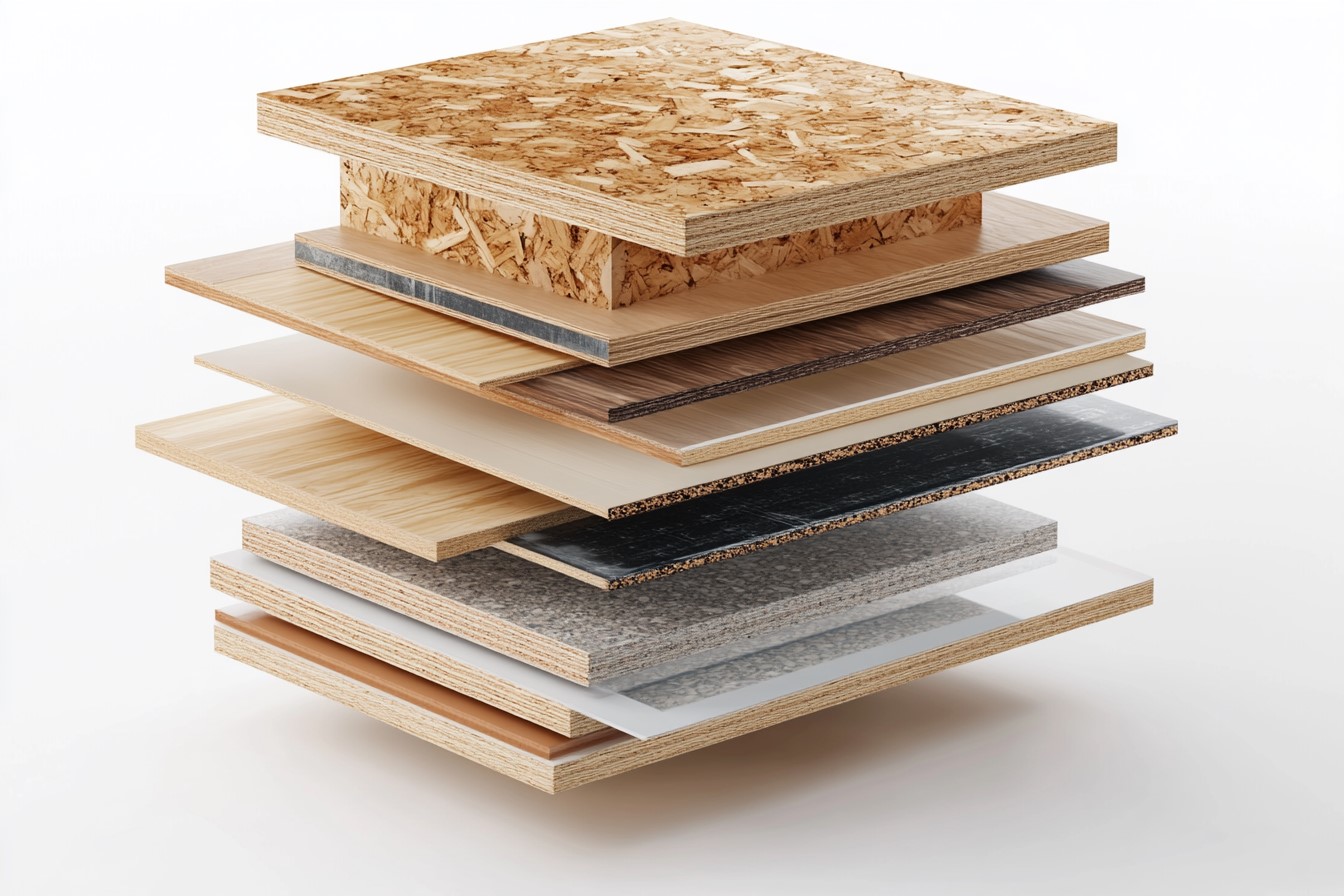
There are several types of engineered wood, each varying in composition and usage. Here are some of the most common types:
- Plywood: Plywood is made by layering thin sheets of wood veneer, known as plies, in alternating grain patterns to form a durable and stable panel. It is strong, resistant to cracking and shrinking, and is widely used for structural and decorative purposes.
- Medium-Density Fiberboard (MDF): MDF is made from wood fibres that are broken down, combined with resin or glue, and then compressed into panels. The material has a smooth finish, making it ideal for painted furniture or projects requiring a consistent, flat surface.
- Laminated Veneer Lumber (LVL): LVL is made from thin layers of wood that are glued together to form a strong and stable material. It is often used for structural purposes, like beams and load-bearing parts of furniture, as it provides excellent strength and rigidity.
- Oriented Strand Board (OSB): OSB is created by compressing layers of wood strands and flakes with glue. While it is primarily used for construction purposes, like subflooring and wall sheathing, it can also be used in the furniture industry for items like bed frames or less visible cabinetry parts.
- Hardboard: Hardboard is similar to MDF but denser. It is made from wood fibres that are highly compressed to form a strong, rigid panel. Hardboard is often used in low-cost furniture where durability and strength are still required, such as in the backs of cabinets or drawer bottoms.
What is the Difference Between Engineered Wood and Solid Wood
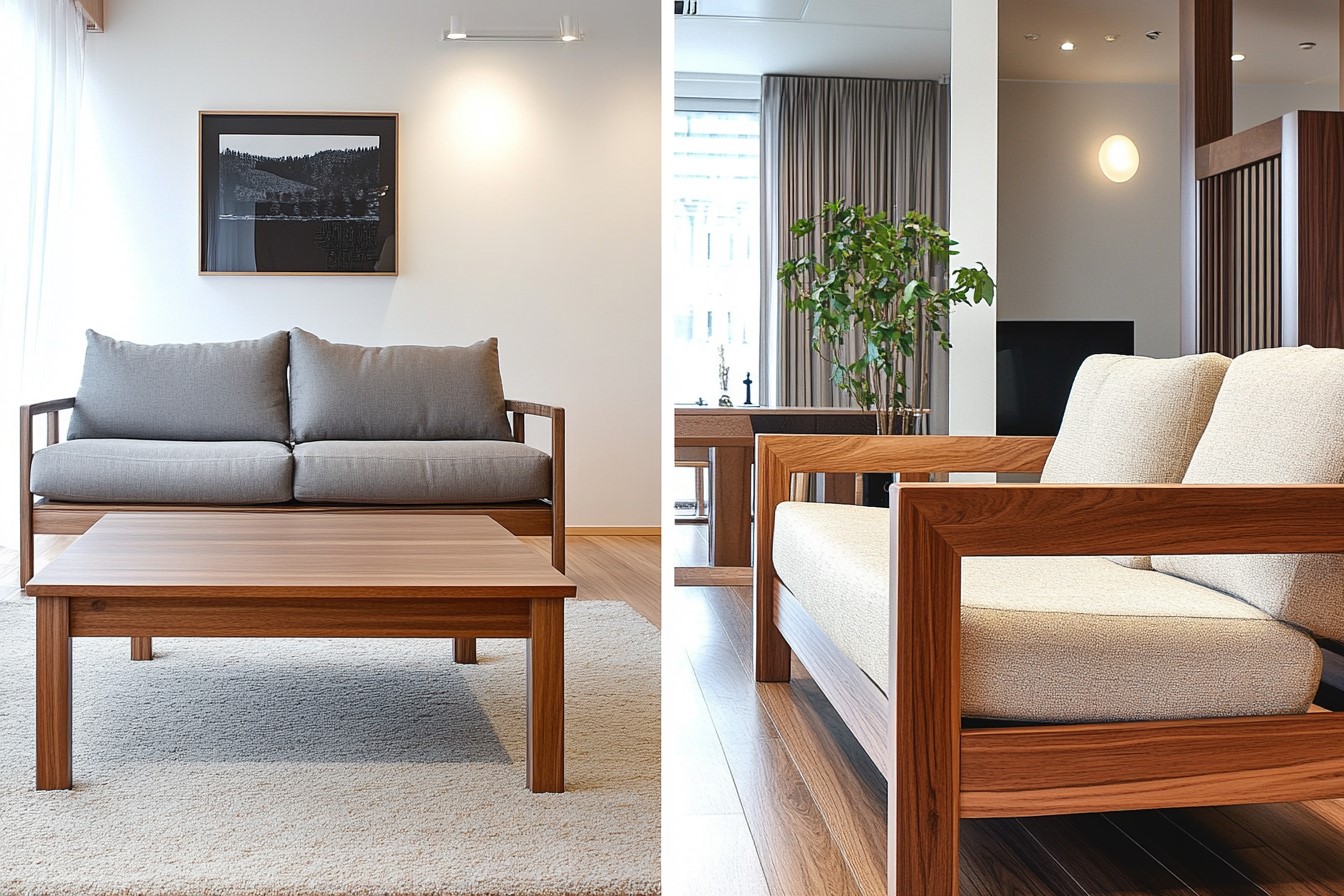
When choosing engineered and solid wood for your furniture, it’s essential to understand the key differences in their construction, durability, performance, and appearance. While both materials bring the beauty of natural wood to your home, their characteristics can lead to vastly different outcomes depending on your specific needs. Here's a closer look at the main points of distinction:
Construction
- Solid Wood: As the name suggests, solid wood is made entirely from a single piece of wood, whether oak, maple, teak, or walnut. This gives it a natural, timeless look with unique grain patterns. The integrity of the material ensures that it can be sanded, refinished, and restored multiple times, making it highly desirable for high-end furniture.
- Engineered Wood: Engineered wood is constructed from multiple layers of wood by-products like veneers or wood fibres, pressed and bonded together. A top layer of real wood veneer gives it the appearance of solid wood, but it has a more complex, layered structure beneath that surface. This makes engineered wood less prone to warping or shrinking in environments with varying humidity.
Installation
- Solid Wood: Due to its weight and rigidity, solid wood can be more challenging to install, especially for large furniture pieces. It often requires skilled craftsmanship to assemble and finish properly, making installation time longer and more labour-intensive.
- Engineered Wood: Engineered wood is lighter and often prefabricated, making it easier and quicker to install. Many engineered wood products come with ready-to-assemble options, making them a more convenient choice for DIY projects or quicker setups.
Durability and Lifespan
- Solid Wood: Solid wood is incredibly durable, spanning 100 years if properly maintained. Its ability to be sanded and refinished multiple times contributes to its longevity, making it ideal for heirloom-quality pieces. However, its natural properties make it more susceptible to damage from moisture, heat, and environmental changes.
- Engineered Wood: Engineered wood is designed to provide greater stability under fluctuating conditions like moisture and temperature. This makes it a better choice for areas like kitchens or bathrooms, where humidity might be an issue. While it can last up to 20'30 years, it generally cannot be refinished more than once, limiting its lifespan compared to solid wood.
For example, engineered wood is an affordable and moisture-resistant material for bed furniture, but it has certain disadvantages. The most notable disadvantages of engineered wood beds include a shorter lifespan than solid wood beds and limited refinishing options, making them more prone to wear and tear.
Moisture Resistance

- Solid Wood: Solid wood tends to absorb moisture, which can lead to swelling, warping, or cracking, especially in humid environments. This makes it a less suitable option for areas with significant temperature or humidity changes, such as basements or coastal regions.
- Engineered Wood: Engineered wood’s layered construction offers superior moisture resistance. The plywood or MDF core stabilises the material, preventing significant expansion or contraction. This makes it a reliable choice for places with high humidity or temperature fluctuations.
Appearance and Aesthetics
- Solid Wood: Solid wood boasts a more natural and organic look, with unique grain patterns and colours that vary from one piece to another. Its ability to develop a rich patina over time adds to its charm. Each piece of solid wood furniture is unique, with its imperfections and natural qualities contributing to its appeal.
- Engineered Wood: Engineered wood mimics the appearance of solid wood with a thin veneer of real hardwood on the surface. However, it lacks the depth and variation found in solid wood. While it looks beautiful initially, its surface does not develop the same natural ageing or patina that solid wood does over time.
Cost
- Solid Wood: As a premium material, solid wood furniture comes with a higher price tag due to its natural origins, durability, and craftsmanship. It is considered an investment piece, often increasing in value over time.
- Engineered Wood: Engineered wood is more affordable, offering a cost-effective alternative to solid wood without compromising on appearance. Its lower cost makes it accessible for those seeking the look of hardwood without the hefty price associated with solid wood furniture.
Environmental Impact
- Solid Wood: The environmental impact of solid wood largely depends on its sourcing. Responsibly sourced wood from sustainable forests is considered eco-friendly, but over-harvesting and deforestation can be concerns if proper precautions are not taken.
- Engineered Wood: Engineered wood is often considered more eco-friendly because it uses smaller pieces of wood and by-products that would otherwise go to waste. However, depending on their composition, the adhesives used in their production can sometimes raise environmental and health concerns.
Maintenance and Repair

- Solid Wood: Solid wood is relatively easy to maintain, and minor scratches or dents can be easily repaired through sanding and refinishing. This makes it an excellent long-term option for those who invest in its upkeep.
- Engineered Wood: Wood is generally low maintenance and can withstand daily wear and tear without much hassle. However, it cannot be sanded or refinished as often as solid wood, making repairs more challenging.
Weight
- Solid Wood: Solid wood furniture tends to be heavier due to its dense structure, making it more difficult to move or rearrange. However, its weight also contributes to its stability and durability.
- Engineered Wood: Engineered wood is lighter than solid wood, making it easier to transport and assemble. This can be advantageous for people who frequently move or prefer easier-to-handle furniture.
Weighing the Pros and Cons: A Comprehensive Comparison
Before deciding, let's weigh the pros and cons of solid wood and engineered wood to determine which material best suits your furniture needs.

Pros & Cons of Solid Wood
|
Pros |
Cons |
|
Natural Appeal: 100% natural wood with unique grain patterns, offering a timeless aesthetic. |
Sensitive to Moisture: Prone to warping, cracking, or expanding in humid conditions. |
|
Durability: Extremely durable, with a lifespan ranging from 30 to 100 years. |
Higher Cost: More expensive due to its natural origin and superior craftsmanship. |
|
Refinishing: Can be sanded, refinished, and repaired multiple times, prolonging its usability. |
Heavy: Often heavier, making it more challenging to move or rearrange. |
|
Ageing Gracefully: Develops a rich patina over time, enhancing its visual appeal. |
Requires Maintenance: Regular upkeep is needed to maintain its beauty and durability. |
|
High-Value Investment: Adds long-term value to furniture, often used in high-end and heirloom pieces. |
Limited for Humid Areas: Not ideal for bathrooms, kitchens, or regions with high humidity. |
Pros & Cons of Engineered Wood
|
Pros |
Cons |
|
Moisture Resistance: Better suited to environments with fluctuating humidity and temperature. |
Limited Refinishing: This can only be sanded or refinished once or twice, limiting its lifespan. |
|
Affordability: More cost-effective than solid wood, offering a budget-friendly option. |
Artificial Elements: Lacks the ageing process and natural patina of solid wood. |
|
Lightweight: Easier to transport and assemble due to its lighter weight. |
Chemical Adhesives: Adhesives used in its production may contain chemicals that can affect air quality. |
|
Wide Range of Finishes: Available in various veneers and finishes, mimicking the look of solid wood. |
Shorter Lifespan: Typically lasts 20-30 years, compared to the extended life of solid wood. |
|
Eco-Friendliness: Utilises wood by-products, making it an environmentally conscious choice. |
Susceptibility to Damage: Can be damaged by excess moisture over time, especially lower-quality types. |
Engineered vs Solid Hardwood: A Closer Look at Flooring
When it comes to flooring, solid hardwood is a popular choice when you want timeless charm and can last for generations with proper care. However, its vulnerability to moisture and expansion makes it more challenging in certain climates. Engineered hardwood, on the other hand, offers excellent moisture resistance, making it easier to maintain, especially in humid or variable environments. If you prioritise durability and tradition, solid wood remains unmatched. But for those seeking easy installation, lower maintenance, and stability, engineered hardwood provides a modern, cost-effective solution without sacrificing style.
Ultimately, the choice between engineered wood and solid wood depends on your priorities. Your preferences will suit longevity, ease of care, or adaptability to your home's environment. Both options bring unique value, ensuring your floors remain a stunning foundation for years.
Explore more design ideas and expert tips at Interior Company! Our expert designers specialise in curating spaces that perfectly balance style and functionality.
*Images used are for illustration purposes only. Interior Company does not hold any copyright to the images unless mentioned explicitly.*
Ready for a home transformation?
Let our designers assist you!
Recent Posts
Solid wood is 100% natural, while engineered wood is made from layers of wood products bonded with adhesives. Solid wood is more durable, but engineered wood offers better moisture resistance.
Yes, it is a cost-effective, moisture-resistant option often used in furniture like beds and cabinets.
Solid wood can be sanded and refinished multiple times, making it ideal for long-term use.
Engineered wood is generally more affordable due to its composite structure, while solid wood tends to be more expensive.
Related Category
- Exterior Design
- False Ceilings
- Furniture
- Tips and Advice
- Walls and Texture









